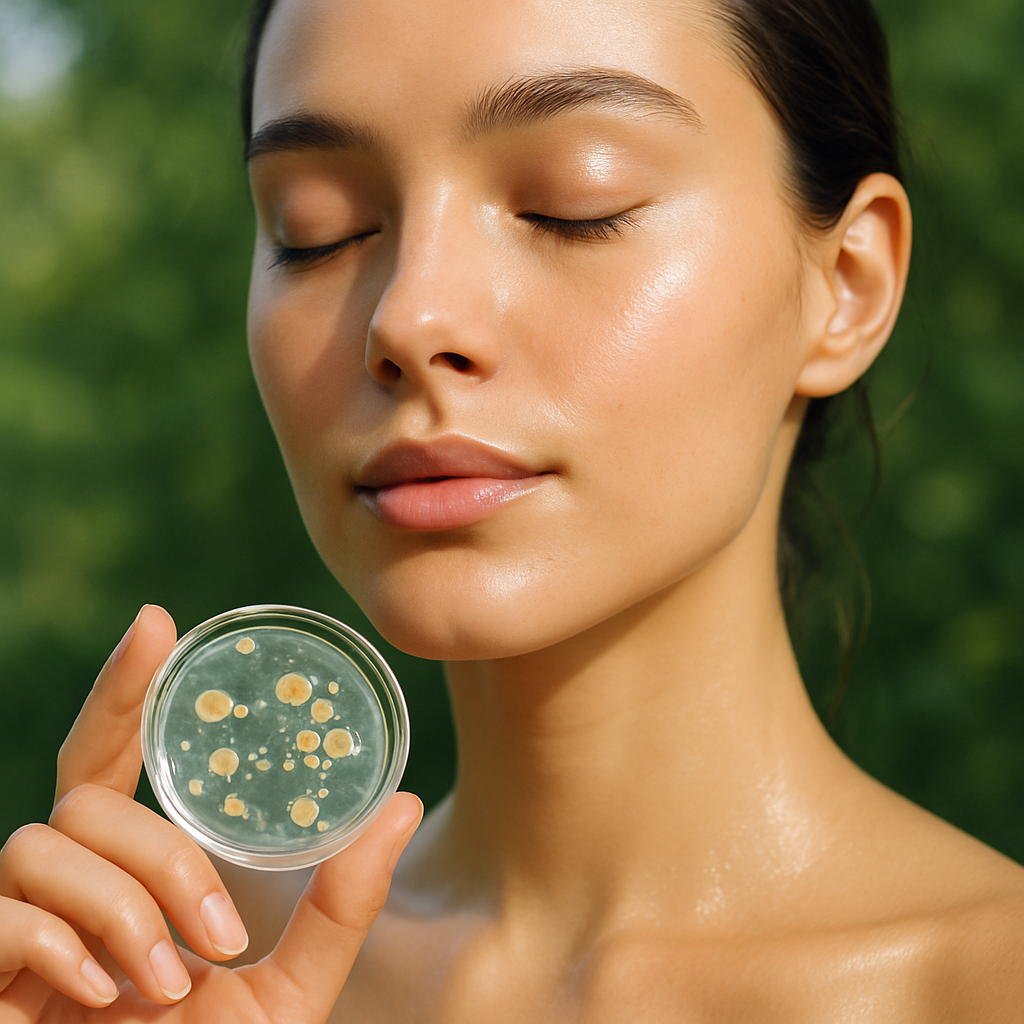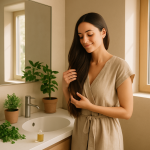
Isn’t it funny how we obsess over the surface of our skin, slathering on creams and serums like there’s no tomorrow, yet the real beauty magic happens in the tiniest layer we can’t even see? That’s right, I’m talking about our skin microbiome a bustling community of microorganisms that play a starring role in keeping our skin looking and feeling its best. Bet you didn’t see that coming, huh?
When we think of bacteria, it’s usually not flattering. We imagine germs, sickness, maybe a ninth-grade biology petri dish experiment gone wrong. But here’s the twist: not all bacteria are out to get us. In fact, many of them are our skin’s best friends. And while it might sound like science fiction, it’s real-life science revolutionizing how we understand beauty and wellness.
Skin Microbiomes and Beauty
So, what are these microbiomes doing for our skin? Well, for starters, they’re the unsung heroes in our daily beauty regimen. These tiny organisms bacteria, fungi, viruses live on our skin and form an ecosystem that protects us from harmful invaders. Imagine them as a little army on your skin, always on guard.
A study published in the journal Nature Reviews Microbiology highlights how a balanced skin microbiome is essential for maintaining the skin’s barrier and immune response. When the microbiome is in harmony, your skin can fend off irritants and infections, keeping it smooth and clear. But throw it off balance, and you might be dealing with breakouts, redness, or other skin woes.
I’ve had my fair share of skin troubles. As a teenager, I battled acne. I tried everything from fancy store-bought cleansers to dabbing toothpaste on my pimples (10/10 would not recommend). But it wasn’t until I stumbled upon probiotics in skincare that things started to change. Those little bacteria-packed serums? Game changers! I swear, my skin felt less angry and more like, well, skin.
The Science Bit
Now, I’m no scientist, but let’s geek out for a hot minute. The skin microbiome is as unique as your fingerprint. Researchers like Dr. Elizabeth Grice at the University of Pennsylvania have mapped the skin microbiome, revealing that different parts of your body host different microbial communities. Your face might harbor one type of bacteria while your arm is home to another. It’s like having a mini rainforest on your body diverse, complex, and full of life.
This diversity is crucial. Just as a healthy rainforest is more resilient to change, a diverse microbiome keeps your skin resilient. When we use harsh cleansers or antibacterial products, we risk wiping out this diversity. It’s a bit like clear-cutting a forest to get rid of a few pesky weeds not a great idea in the long run.
And there’s more. Microbiomes can communicate with our skin cells to modulate inflammation, which is at the root of many skin problems. Researchers are diving into (oops, shouldn’t say that) how these interactions can lead to new treatments for skin conditions like eczema and psoriasis. Fascinating, right?
Real Talk: The Beauty Industry’s Take
The beauty industry is catching on, and fast. Probiotics in skincare are trending, with brands like Tula and Mother Dirt leading the charge. They’re blending science and beauty, offering products that nurture rather than destroy the skin’s microbiome. But how do you know what’s legit and what’s just marketing fluff?
First, watch for products that support your skin barrier. Ingredients like prebiotics, probiotics, and postbiotics can help maintain a healthy microbiome. Prebiotics feed the good bacteria, probiotics add more good bacteria, and postbiotics are the byproducts that have direct skin benefits. It’s a bit like gardening: you need the right soil, seeds, and nutrients to grow a beautiful garden.
One evening, I tried a DIY yogurt face mask yogurt being rich in probiotics. I mixed it with honey (because why not?) and slathered it on. Did I look ridiculous? Absolutely. But the result was a soft, happy face. It’s a simple, wholesome way to give your skin some love without breaking the bank.
Yet, not everyone is convinced. Some dermatologists, like Dr. Whitney Bowe, caution that while probiotics show promise, the science is still evolving. There’s a lot we don’t know, and not all products are created equal. It’s a field ripe for exploration but not without its pitfalls.
Unexpected Twists and Turns
Here’s a surprising nugget: some research from the University of California, San Diego, suggests that certain skin bacteria produce their own antibiotics to fend off harmful invaders. This means our skin is not just a passive player but an active participant in its defense. Who knew our skin had such tricks up its sleeve?
But what happens when things go wrong? Stress, diet, environmental factors these can all throw your microbiome out of whack. I remember a particularly stressful exam week when my skin reacted like it was protesting. It was a wake-up call to pay attention to my skin’s needs beyond just the surface.
And let’s not forget the power of touch. A study in Frontiers in Microbiology found that regular physical contact can influence the skin microbiome. It’s a lovely reminder of how interconnected we are, not just with each other but with our microscopic friends, too.
As we navigate this fascinating intersection of beauty and microbiology, one thing is clear: our skin is smarter than we ever gave it credit for. It’s not just about what we put on it, but how we live, what we eat, and how we connect with the world around us.
So next time you reach for your favorite cream or serum, spare a thought for the tiny troops working tirelessly on your skin. They’re doing more for your beauty than you might ever imagine. And who knows, in the not-so-distant future, we might just be swapping skincare tips with our microbiomes. Now, wouldn’t that be something?

